Abstract
In Experiment I, keylight was paired with inaccessible grain delivery (under two conditions of keylight intensity) to determine if autoshaping would occur in the absence of primary reinforcement. In Experiment II, the procedure was repeated with accessible grain, for comparison. In Experiment III, the procedures were repeated with explicitly unpaired presentations of keylight and either inaccessible or accessible grain. The results indicated that key pecking occurred as quickly in the presence of keylight pairings with inaccessible grain as with accessible grain, though (except for one bird) key pecking was not maintained with inaccessible grain. Furthermore, compared to the dim keylight, the bright keylight greatly suppressed key pecking when paired with inaccessible grain, and reduced the rate of key pecking when paired with accessible grain. Little key pecking occurred in groups exposed to explicitly unpaired presentations of keylight (whether bright or dim) and grain (whether accessible or inaccessible). When the birds in Experiment III were retested with explicitly paired presentations of keylight and grain, little key pecking was observed, suggesting suppressive effects of prior explicitly unpaired presentations. It is suggested that the effects of key-brightness manipulation were produced by the association of grain with cues other than the response key, or by distraction produced by partial illumination of the grain hopper.
Full text
PDF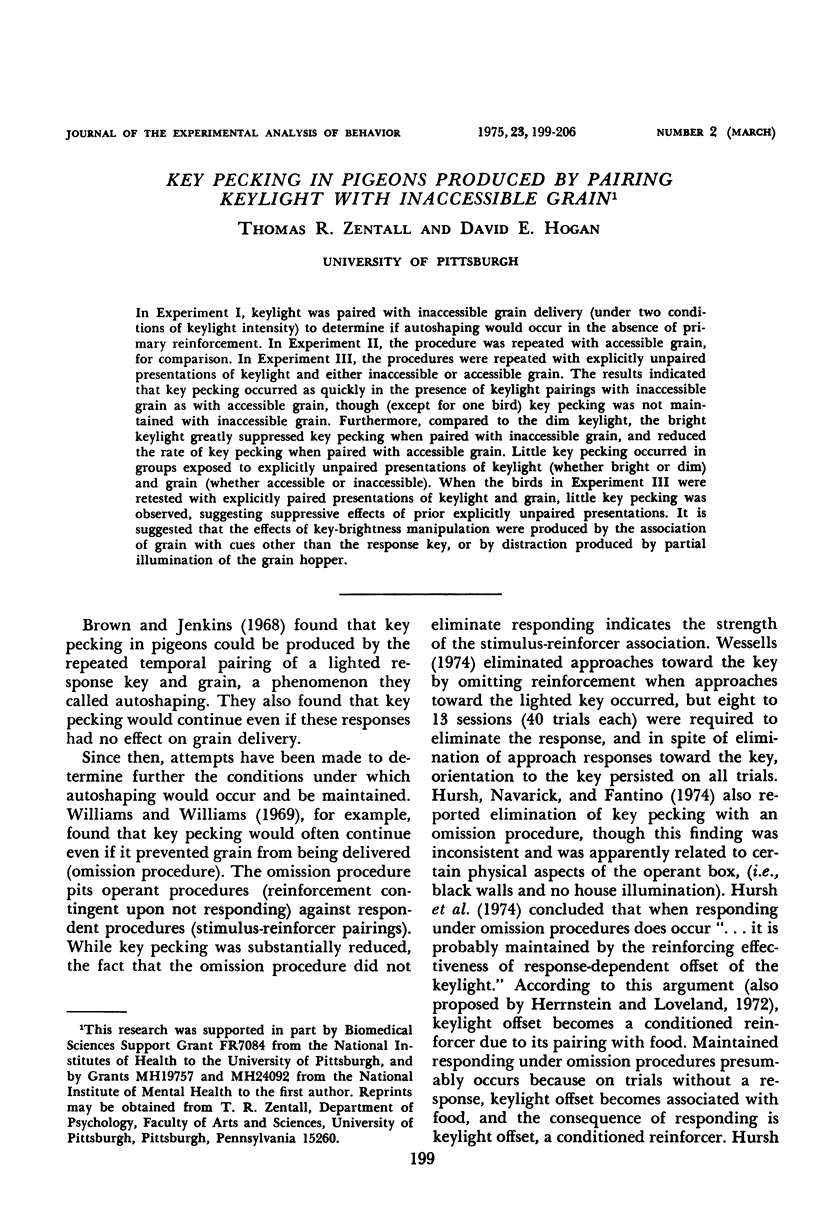
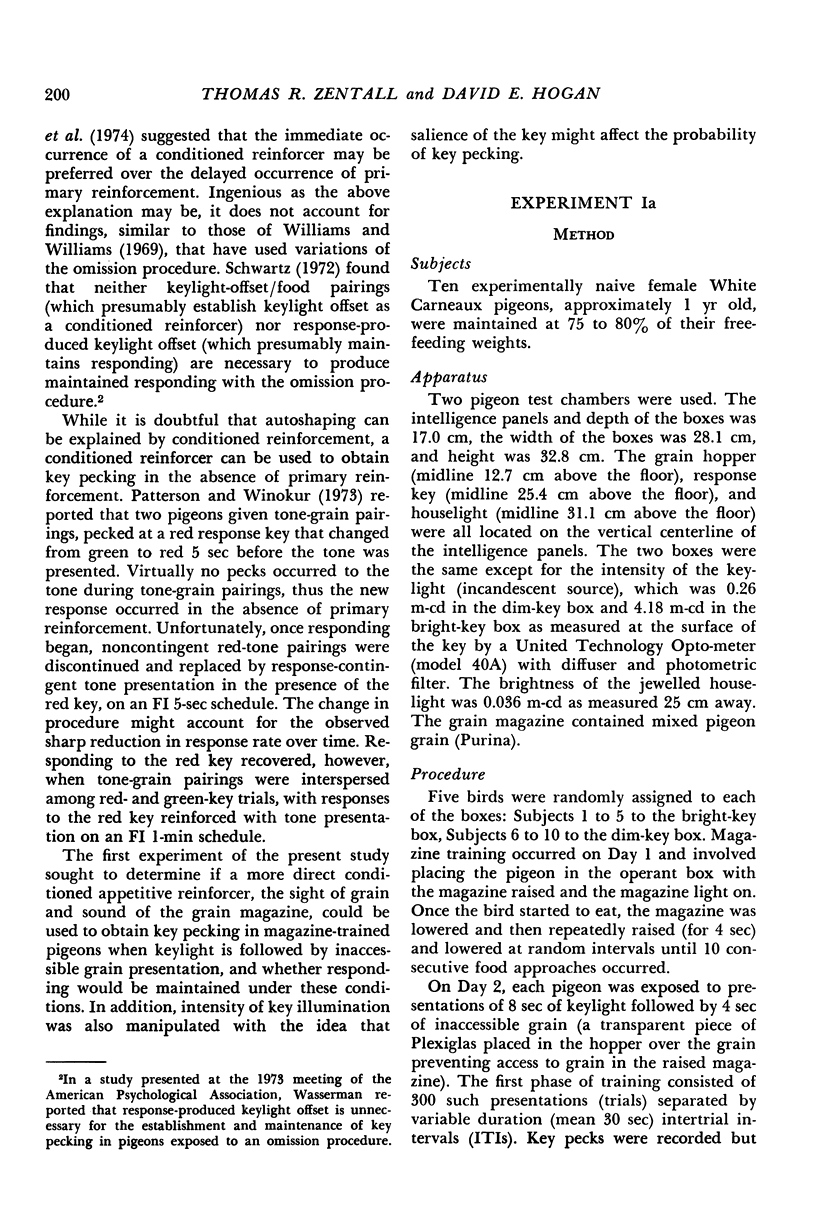
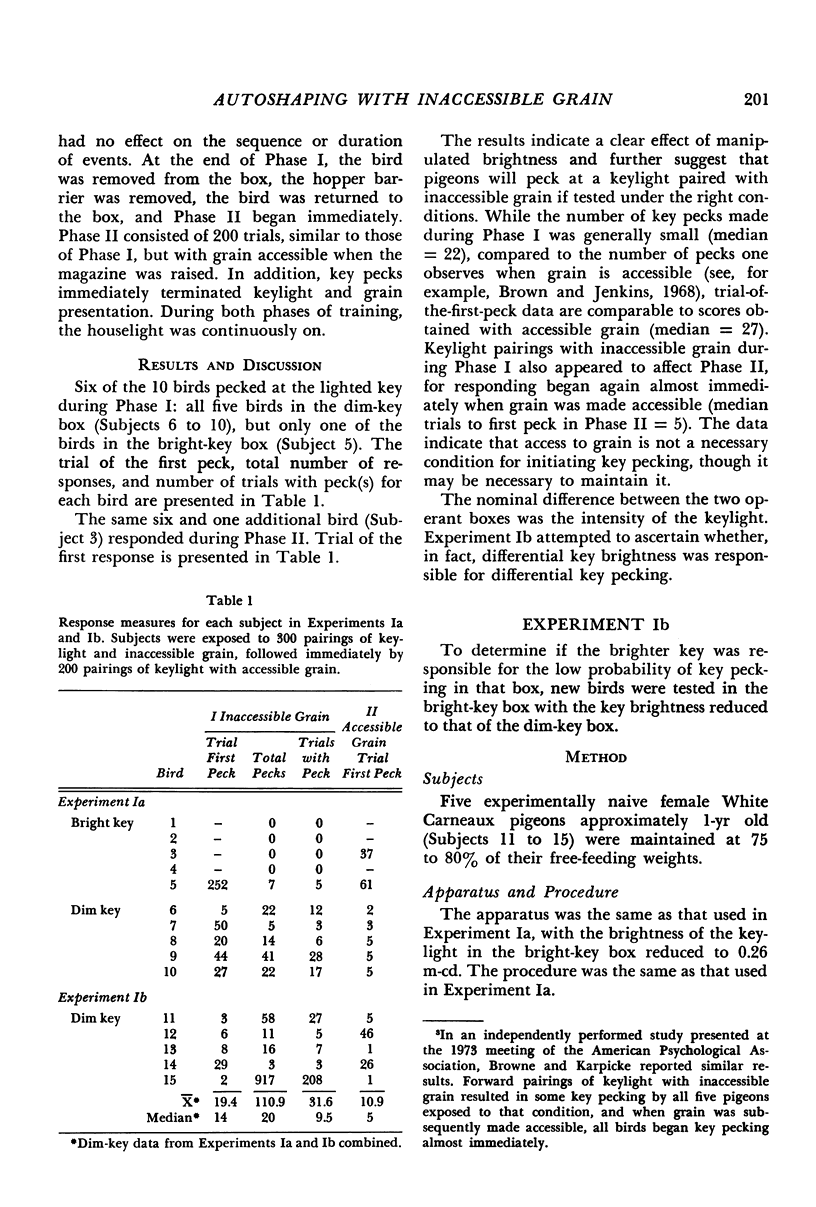
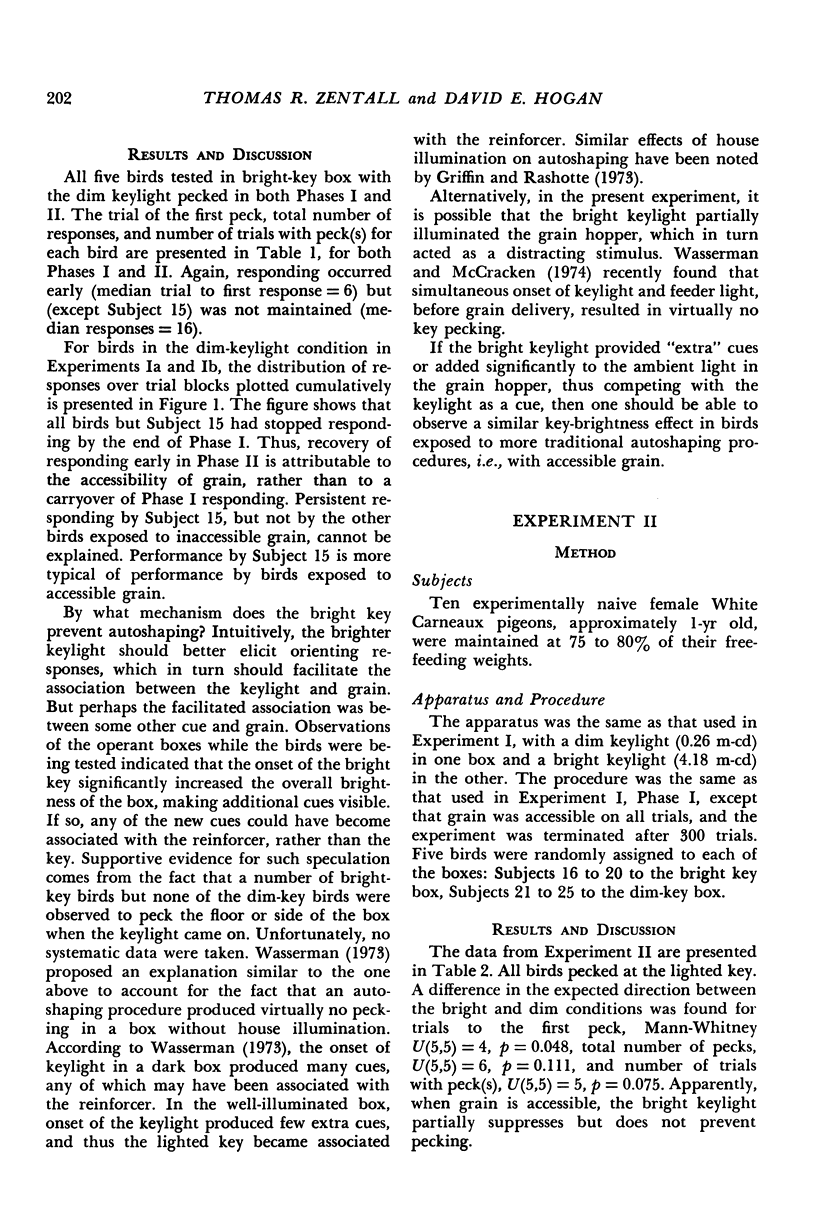

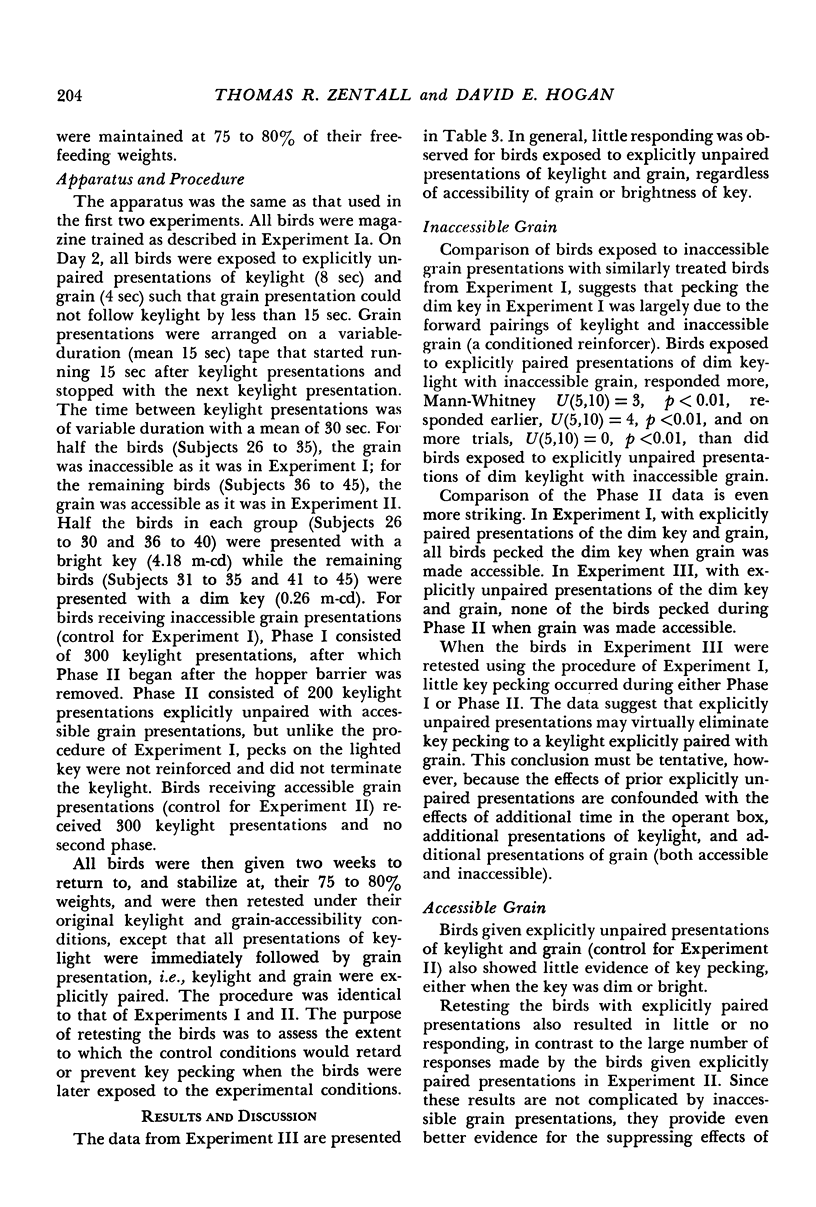
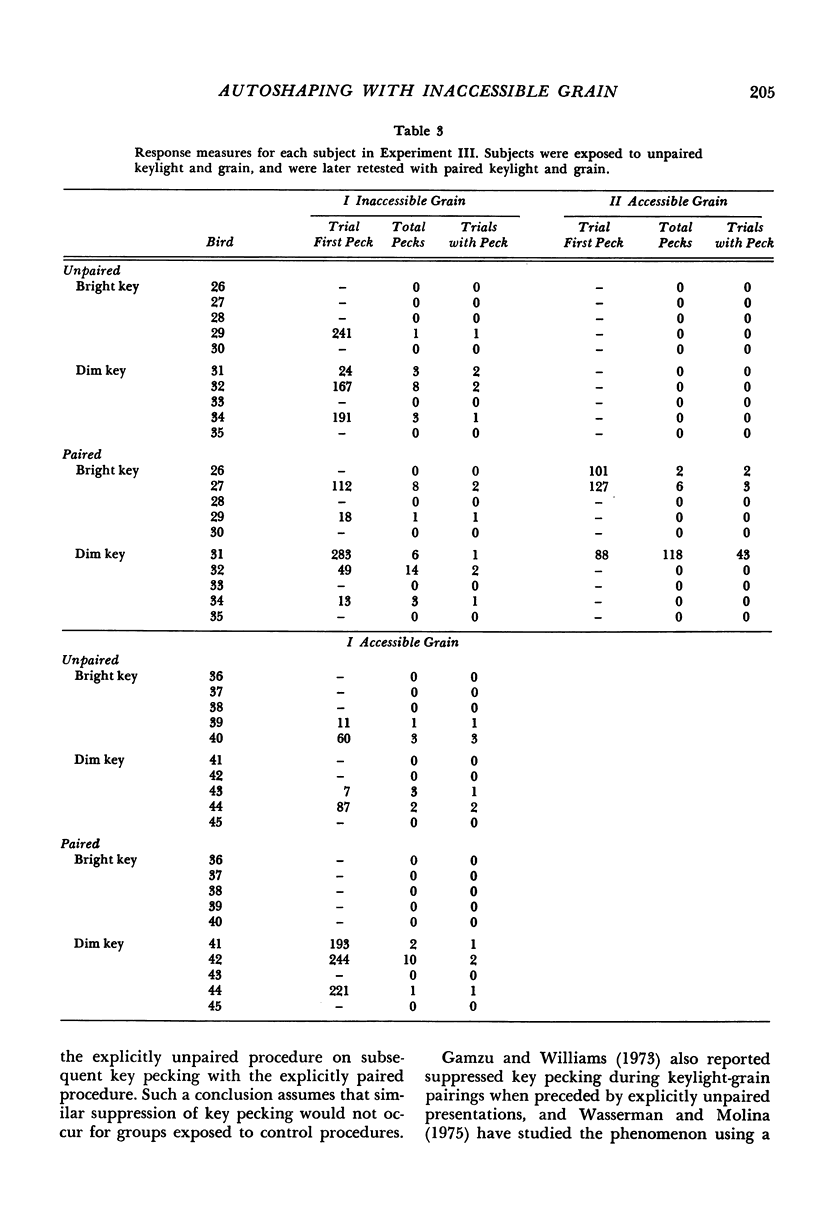
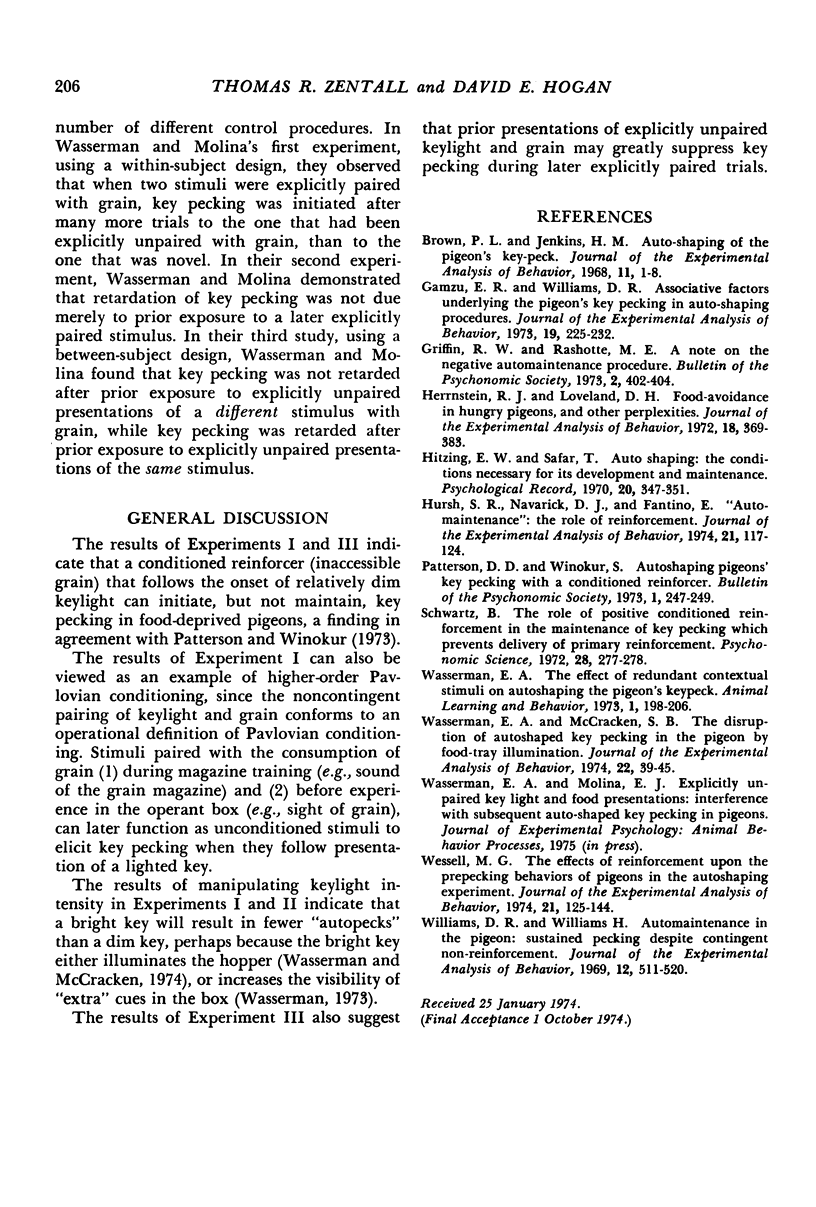
Selected References
These references are in PubMed. This may not be the complete list of references from this article.
- Brown P. L., Jenkins H. M. Auto-shaping of the pigeon's key-peck. J Exp Anal Behav. 1968 Jan;11(1):1–8. doi: 10.1901/jeab.1968.11-1. [DOI] [PMC free article] [PubMed] [Google Scholar]
- Gamzu E. R., Williams D. R. Associative factors underlying the pigeon's key pecking in auto-shaping procedures. J Exp Anal Behav. 1973 Mar;19(2):225–232. doi: 10.1901/jeab.1973.19-225. [DOI] [PMC free article] [PubMed] [Google Scholar]
- Herrnstein R. J., Loveland D. H. Food-avoidance in hungry pigeons, and other perplexities. J Exp Anal Behav. 1972 Nov;18(3):369–383. doi: 10.1901/jeab.1972.18-369. [DOI] [PMC free article] [PubMed] [Google Scholar]
- Hursh S. R., Navarick D. J., Fantino E. "Automaintenance": the role of reinforcement. J Exp Anal Behav. 1974 Jan;21(1):117–124. doi: 10.1901/jeab.1974.21-117. [DOI] [PMC free article] [PubMed] [Google Scholar]
- Wasserman E. A., McCracken S. B. The disruption of autoshaped key pecking in the pigeon by food-tray illumination. J Exp Anal Behav. 1974 Jul;22(1):39–45. doi: 10.1901/jeab.1974.22-39. [DOI] [PMC free article] [PubMed] [Google Scholar]
- Wessells M. G. The effects of reinforcement upon the prepecking behaviors of pigeons in the autoshaping experiment. J Exp Anal Behav. 1974 Jan;21(1):125–144. doi: 10.1901/jeab.1974.21-125. [DOI] [PMC free article] [PubMed] [Google Scholar]
- Williams D. R., Williams H. Auto-maintenance in the pigeon: sustained pecking despite contingent non-reinforcement. J Exp Anal Behav. 1969 Jul;12(4):511–520. doi: 10.1901/jeab.1969.12-511. [DOI] [PMC free article] [PubMed] [Google Scholar]


